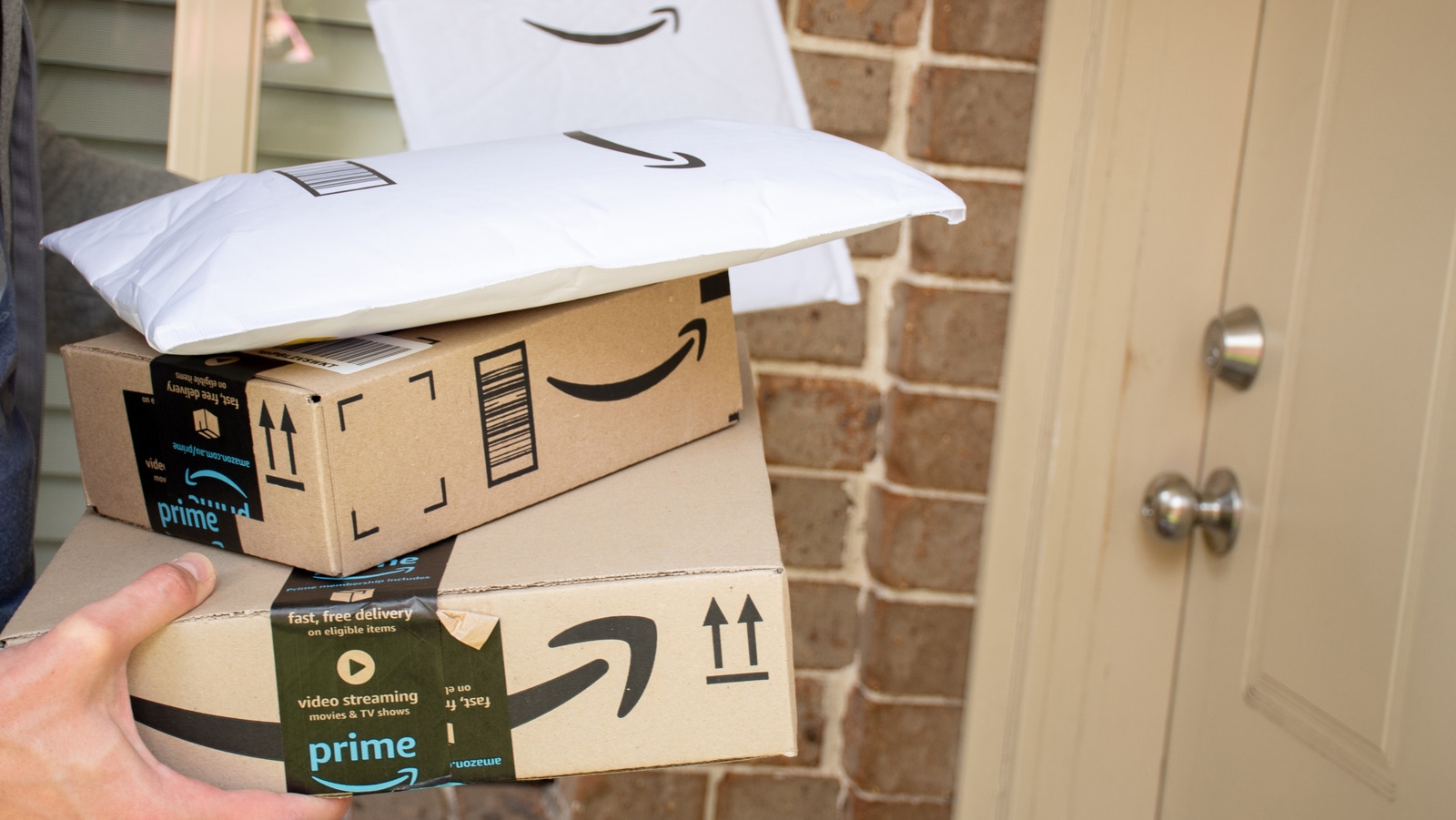
Why Amazon Won't Let You Ship To Certain Addresses
- 25.03.2025 06:15
- slashgear.com
- Keywords: dangerous items, restricted items, shipping restrictions
Amazon restricts shipping to certain addresses due to delivery rules, seller policies, and prohibited items. Restrictions apply to large packages, hazardous materials, and specific locations like prisons or military bases, which require USPS for delivery.